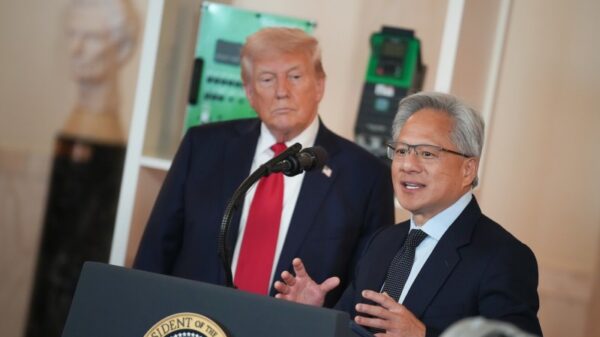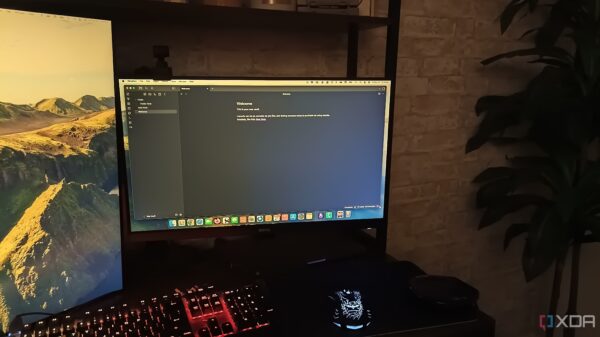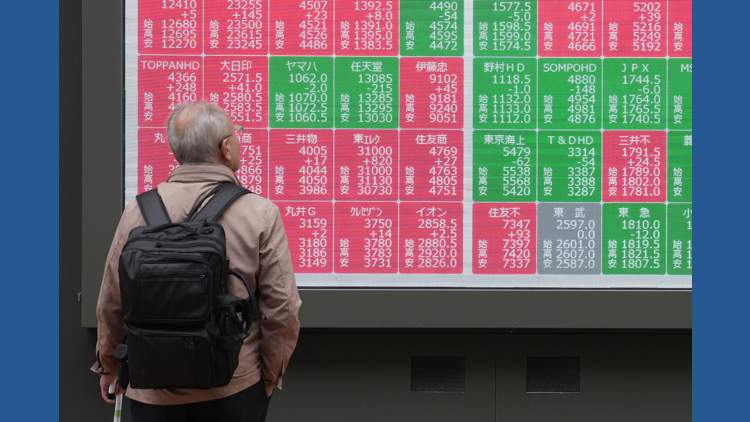Asian shares exhibited a mixed performance on Tuesday as optimism surrounding a potential interest rate cut by the Federal Reserve influenced global market sentiments. Following a rally in U.S. stocks, which saw significant gains on Monday, traders in the region responded with cautious trading patterns.
In Tokyo, the Nikkei 225 index increased slightly, registering a gain of less than 0.1% to reach 48,644.92. The South Korean Kospi index remained nearly flat at 3,848.00, while Taiwan’s Taiex posted a more notable increase of 1.4%. Chinese markets also showed positive movement; the Hang Seng in Hong Kong rose by 0.6% to 25,875.36, and the Shanghai Composite index climbed 1.1% to 3,880.22. E-commerce giant Alibaba gained 2.4% in anticipation of its upcoming earnings report.
In Australia, the S&P/ASX index experienced a slight decline, losing 0.2% to settle at 8,510.30. Notably, U.S. markets will observe a closure on Thursday for the Thanksgiving holiday, followed by the bustling shopping events of Black Friday and Cyber Monday.
On the previous trading day, the U.S. stock market recorded impressive gains, with the S&P 500 rising 1.5% to 6,705.12, marking one of its most robust performances since summer. The Dow Jones Industrial Average increased by 0.4% to 46,448.27, while the Nasdaq surged 2.7% to 22,872.01. Market analysts attributed this rally to heightened expectations that the Federal Reserve would lower its main interest rate at its next meeting scheduled for December. Such a decision could positively impact the economy and investment prices.
The market’s upward momentum was further reinforced by stocks benefiting from artificial intelligence advancements. Notably, Alphabet saw a remarkable increase of 6.3%, buoyed by positive feedback on its latest Gemini AI model. Additionally, Nvidia rose by 2.1%.
These developments followed a period of volatility, with sharp fluctuations in stock prices driven by uncertainty regarding the Federal Reserve’s policy direction and concerns about potential overinvestment in AI technologies. This situation has presented significant challenges for investors, reminiscent of the market’s tumultuous reaction to former President Donald Trump’s “Liberation Day” tariffs in April.
Despite recent volatility, the S&P 500 remains within 2.7% of its record high set last month. Analysts are anticipating crucial economic data to be released on Tuesday, specifically regarding inflation at the wholesale level for September. Economists predict a 2.6% year-over-year increase, the same as recorded in August. A higher-than-expected inflation reading could lead the Federal Reserve to reconsider plans for a rate cut, as lower rates might exacerbate inflationary pressures.
Some officials within the Federal Reserve have expressed reservations about cutting rates in December, primarily due to persistent inflation that exceeds their target of 2%. Nevertheless, traders are currently pricing in an approximately 85% likelihood of a rate cut next month, a significant increase from 71% just a few days prior, according to data from CME Group.
In early trading on Tuesday, the price of U.S. benchmark crude oil fell by 28 cents to $58.56 per barrel, while Brent crude, the international standard, decreased by 33 cents to $62.39 per barrel. The value of the U.S. dollar also saw minor fluctuations, dropping to 156.81 Japanese yen from 156.91, and the euro slipped to $1.1517 from $1.1521. Bitcoin experienced a decline of 1.1%, trading at $88,200, a significant drop from nearly $125,000 last month.
This mixed performance across Asian markets reflects the complex interplay between local economic conditions and broader global trends, highlighting the continuing uncertainty surrounding monetary policy and market dynamics.







































































